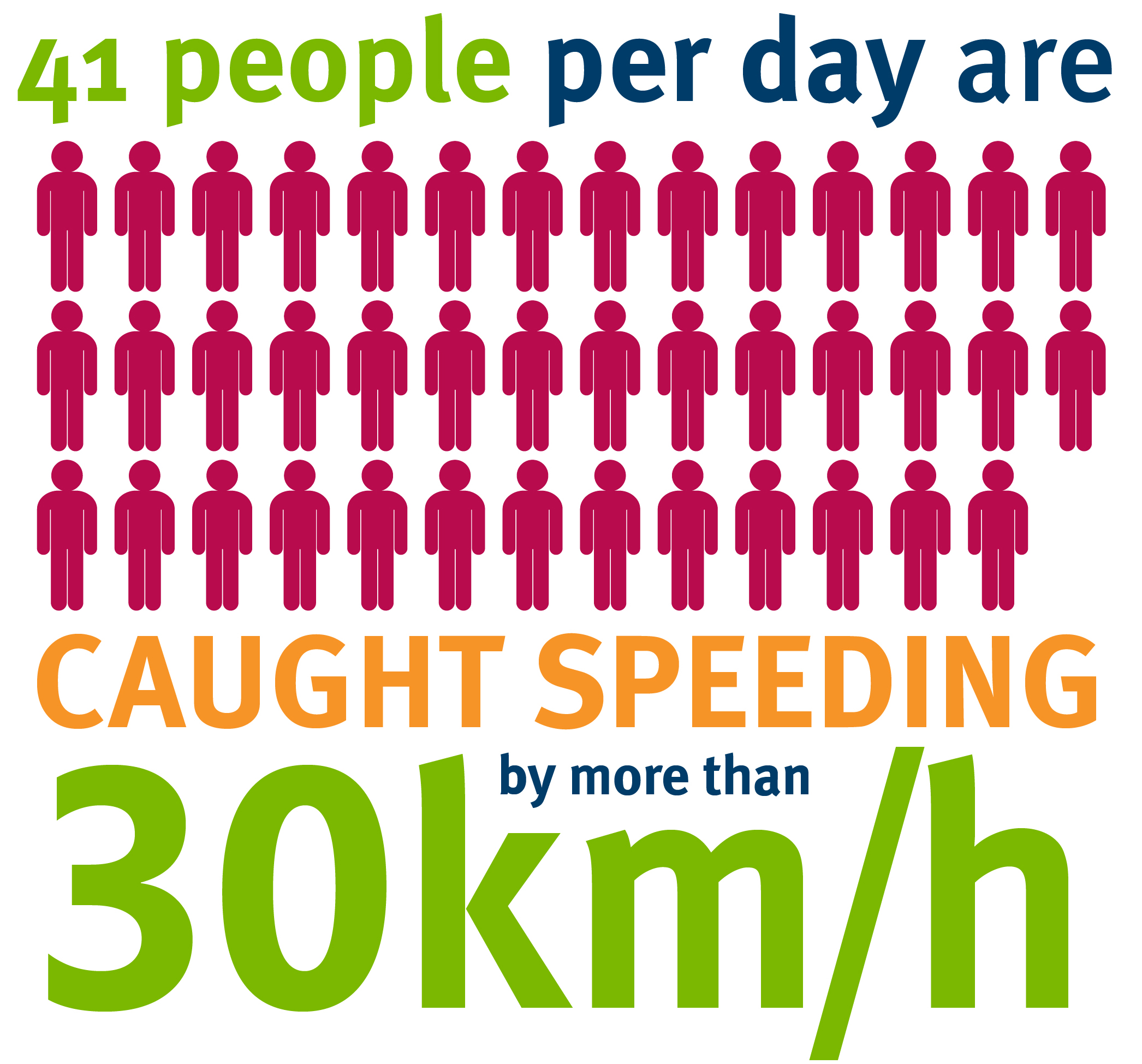Crash history data selects camera locations

Camera enforcement works to reduce road trauma in Queensland by deterring motorists from dangerous driving behaviours of speeding, running red lights, distracted driving and illegal seatbelt use. Research and data show that improving these behaviours reduces the number and severity of crashes. Motorists have also told us that the risk of getting a fine or demerit points is a key reason to follow these road rules.
The only purpose of camera enforcement is to deter dangerous behaviours and reduce crashes. Because of this, sites for new cameras are chosen based on crash history, which is the best available information about where crashes are likely to happen in the future. The available cameras are then prioritised to the locations with the greatest likelihood to reduce future road trauma.
Camera site locations are selected based on their crash history or assessed risk. Locations are ranked according to the number and severity of crashes within a 5 year period, using the most recent data available at the time of selection.
Crash history and assessed risk analysis is undertaken by the Department of Transport and Main Roads and the Queensland Police Service to assess potential camera locations with consideration to health and safety risks for its officers as well as the camera system operating and technical requirements.


